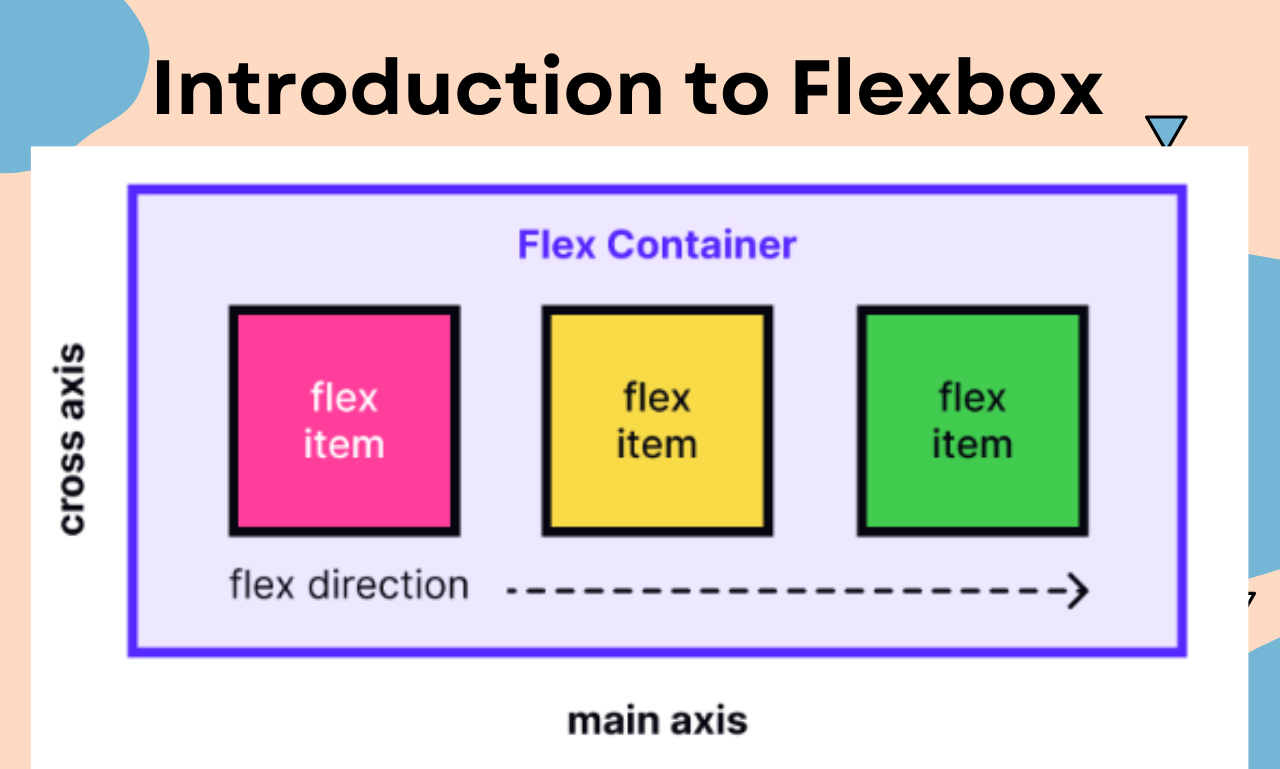Flexbox, short for the Flexible Box Layout, has revolutionized the way developers design and align elements in web pages. This powerful CSS tool simplifies layouts, eliminates the need for complicated hacks, and ensures responsive, user-friendly designs. Whether you’re a beginner or looking to refine your skills, mastering Flexbox is a must for any front-end developer.
In this post, we’ll delve into the fundamentals of Flexbox, its core properties, practical applications, and tips for mastering this versatile layout model.
Why Flexbox Matters in Modern Web Design
As web development evolves, responsive and dynamic layouts have become the norm. Flexbox was designed specifically to address common layout issues, offering flexibility and precision in element arrangement.
Key Benefits of Flexbox:
- Simplified Alignment: Easily center, align, or distribute elements within a container.
- Responsive Design: Create adaptable layouts that work seamlessly across devices.
- Improved Efficiency: Reduce the need for CSS hacks and workarounds.
“Design is not just what it looks like and feels like. Design is how it works.” – Steve Jobs

Understanding Flexbox: The Basics
Flexbox operates on two main components:
- Flex Container: The parent element where Flexbox is applied.
- Flex Items: The child elements inside the container that respond to Flexbox properties.
Core Concepts of Flexbox
- Main Axis & Cross Axis: Flexbox layouts are defined along two axes.
- The main axis runs in the direction set by
flex-direction. - The cross axis is perpendicular to the main axis.
- The main axis runs in the direction set by
- Properties of the Flex Container:
display: flex;Activates Flexbox for the container.flex-direction:Determines the flow of items (row, column, row-reverse, column-reverse).justify-content:Aligns items along the main axis.align-items:Aligns items along the cross axis.
- Properties of Flex Items:
flex-grow:Allows items to grow to fill available space.flex-shrink:Shrinks items to prevent overflow.flex-basis:Specifies the initial size of an item.
Flexbox in Action
To understand Flexbox better, let’s explore a simple example:
htmlCopy code<div style="display: flex; justify-content: center; align-items: center; height: 100vh;">
<div style="background: lightblue; padding: 20px;">Item 1</div>
<div style="background: lightgreen; padding: 20px;">Item 2</div>
<div style="background: lightcoral; padding: 20px;">Item 3</div>
</div>
How It Works:
display: flex;activates Flexbox for the container.justify-content: center;centers items horizontally.align-items: center;centers items vertically.
Common Use Cases for Flexbox
- Navigation Bars
Flexbox simplifies the creation of horizontal or vertical navigation menus.cssCopy code.navbar { display: flex; justify-content: space-between; } - Centered Content
Easily center any element with minimal code.cssCopy code.centered { display: flex; justify-content: center; align-items: center; } - Responsive Layouts
Combine Flexbox with media queries to create layouts that adapt to different screen sizes.
For a broader perspective on front-end frameworks and their applications, check out this introduction to front-end frameworks.
Tips for Mastering Flexbox
- Experiment with Properties
Practice by building small projects to get a hands-on understanding of Flexbox. - Use Browser Developer Tools
Inspect and tweak Flexbox properties directly in the browser for instant feedback. - Combine with JavaScript
Integrate Flexbox with JavaScript for dynamic layouts. For instance, understanding how JavaScript variables and data types work can help you create more interactive designs.
“Learning never exhausts the mind.” – Leonardo da Vinci
Flexbox vs. Other Layout Models

Flexbox stands out from older layout models like float and inline-block due to its flexibility and simplicity. Compared to CSS Grid, Flexbox is ideal for one-dimensional layouts (rows or columns), whereas Grid handles two-dimensional layouts (rows and columns simultaneously).
If you’re exploring freelance front-end opportunities, understanding the strengths of tools like Flexbox can enhance your portfolio. Read more about balancing freelance and full-time work in this Medium post.
Flexbox is a game-changer in the world of web design, making it easier to create responsive, intuitive, and visually appealing layouts. By mastering its properties and experimenting with its applications, developers can simplify their workflow and elevate their projects.
Whether you’re just starting or looking to refine your skills, Flexbox remains an essential tool for modern web development. Dive into its possibilities, and watch your layouts transform.









